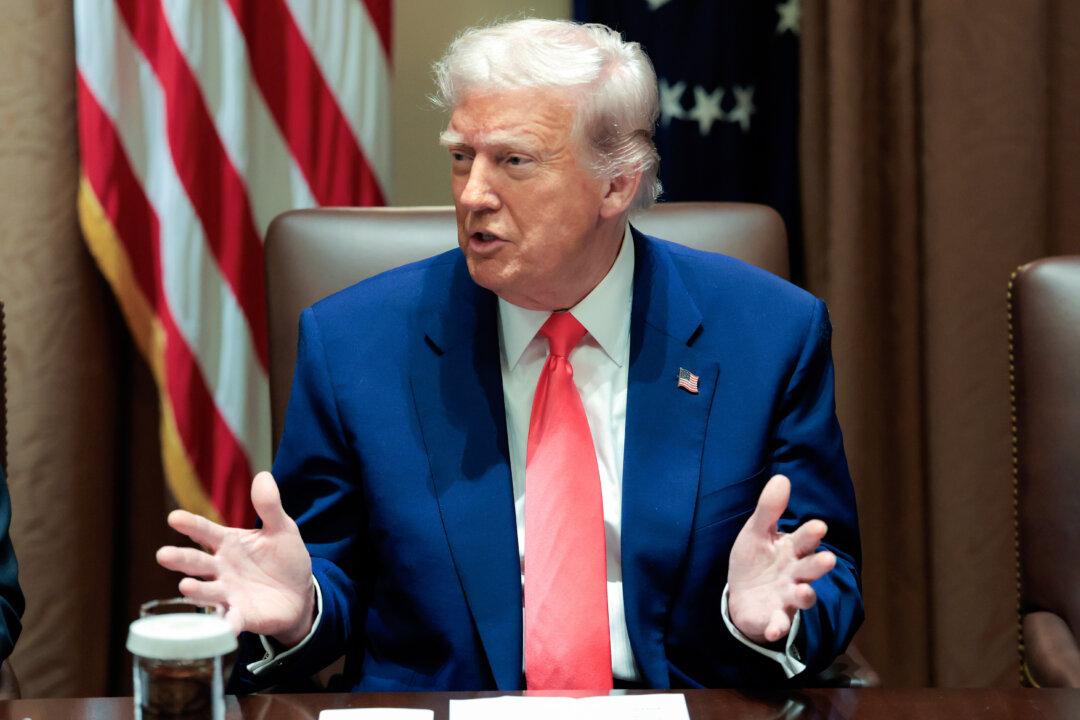After receiving a $10 billion boost from the Inflation Reduction Act, the Biden administration is resuming a tax credit for makers of solar panels, wind turbines, fuel cells, and other sustainable energy equipment.
The U.S. Treasury Department, the U.S. Department of Energy, and the Internal Revenue Service (IRS) have publicized information on the Inflation Reduction Act in an effort to encourage investment in underserved regions and hard-hit coal communities.
The program offers incentives for the production and recycling of clean energy products, industrial decarbonization, and the processing, refining, and recycling of essential materials. The notice lists a wide range of projects that are eligible to apply for an investment tax credit of up to 30 percent, including the production of fuel cells, equipment for carbon capture, and crucial facilities for the processing of minerals.
The Qualifying Advanced Energy Project Credit program received $10 billion in new funding as a result of the Inflation Reduction Act. Congress mandated in the Inflation Reduction Act that at least $1.6 billion of the first round of $4 billion in funding, be set aside for initiatives in areas with abandoned coal mines or coal-fired power facilities.
The American Recovery and Reinvestment Act of 2009, which provided $2.3 billion in grants at the time, included the creation of the Qualifying Advanced Energy Project Credit for the first time. The program quickly ran out of money and attempts to reimburse it were blocked in Congress until they were finally included in the Democratic Party’s major climate package from the previous year, which offered $370 billion in climate funding.
Additionally, the Treasury announced it is establishing a program to offer up to 20 percent in additional bonus tax credits for wind and solar projects situated in low-income neighborhoods, potentially raising the incentive’s overall value to as much as 50 percent of the project’s cost.
For solar and wind projects with a maximum output of less than five megawatts, 1.8 gigawatts of capacity will be made available in multiple supported areas, including low-income communities, tribal land, and federally-subsidized residential buildings through the Low-Income Communities Bonus Credit program in 2023.





